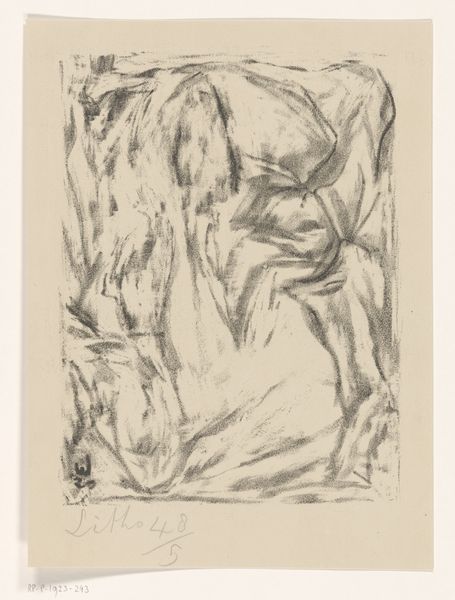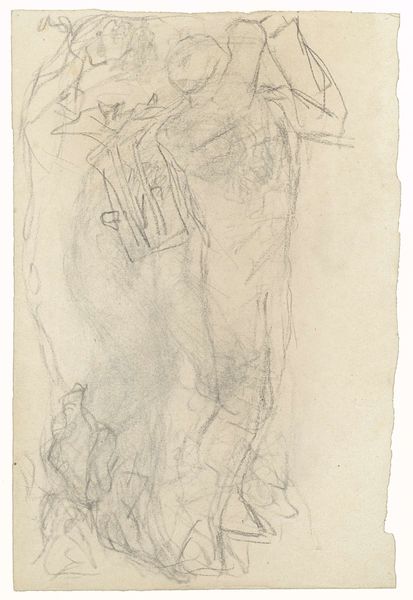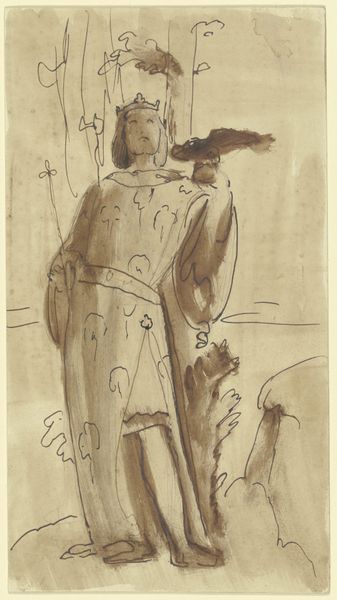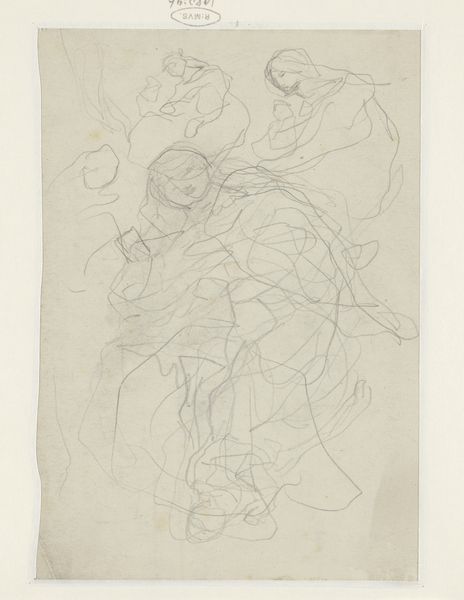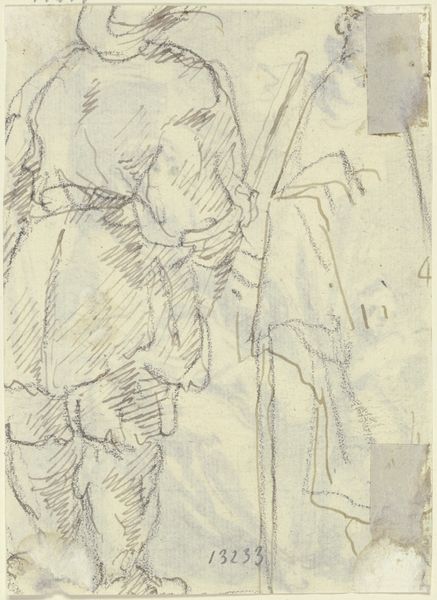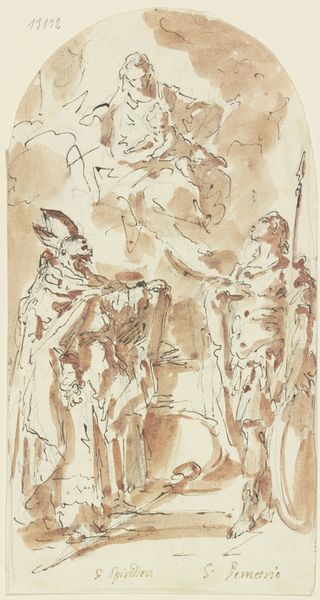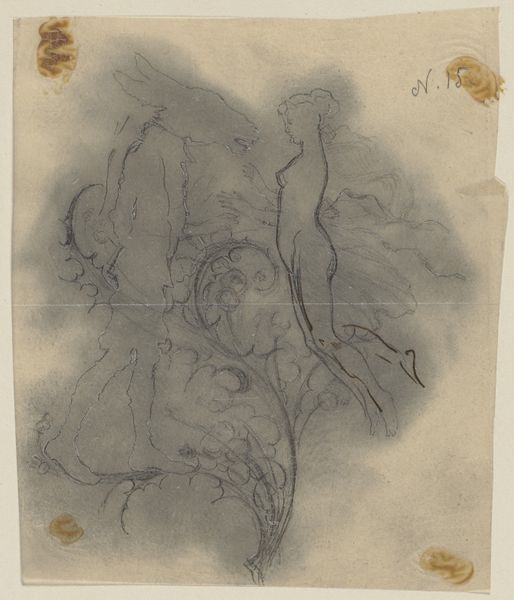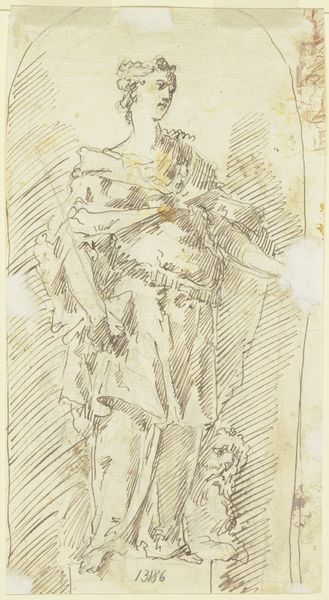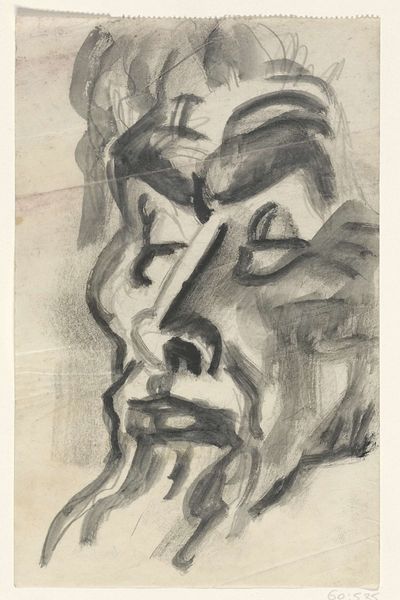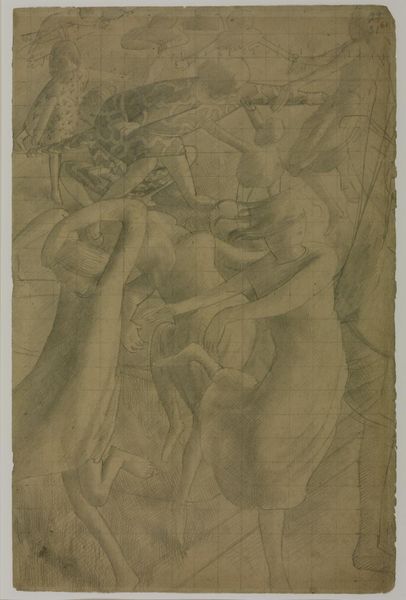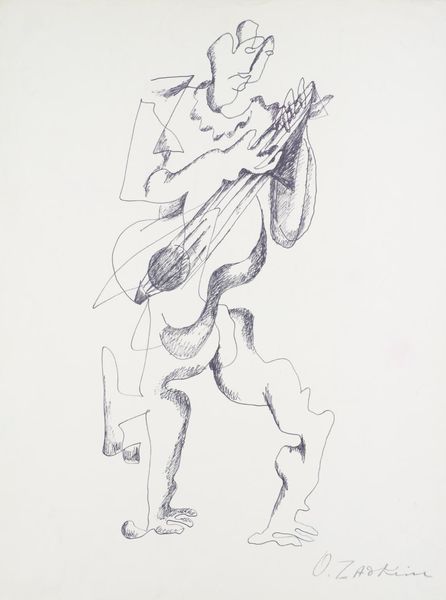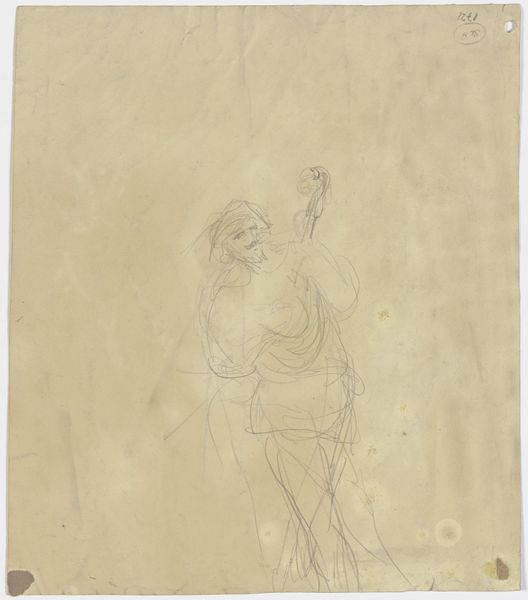![Eve [‘The Nightmare’] by Paul Gauguin](/_next/image?url=https%3A%2F%2Fd2w8kbdekdi1gv.cloudfront.net%2FeyJidWNrZXQiOiAiYXJ0ZXJhLWltYWdlcy1idWNrZXQiLCAia2V5IjogImFydHdvcmtzLzVhYTYxNTRlLWRmNGYtNGZhNC1hNDY0LWNhMDQ5OWY5OWU3Ni81YWE2MTU0ZS1kZjRmLTRmYTQtYTQ2NC1jYTA0OTlmOTllNzZfZnVsbC5qcGciLCAiZWRpdHMiOiB7InJlc2l6ZSI6IHsid2lkdGgiOiAxOTIwLCAiaGVpZ2h0IjogMTkyMCwgImZpdCI6ICJpbnNpZGUifX19&w=3840&q=75)
drawing, coloured-pencil
#
drawing
#
coloured-pencil
#
figuration
#
coloured pencil
#
symbolism
#
post-impressionism
#
nude
Copyright: Public Domain: Artvee
Editor: This drawing by Paul Gauguin, titled 'Eve ['The Nightmare']', dates from 1899 to 1900. It's created using coloured pencils, and the image certainly evokes a sense of unease with its ghostly figures and prominent snake. How would you interpret the significance of these symbolic elements within the broader cultural context of Gauguin's work? Curator: Well, it's important to remember Gauguin's positioning within the artistic and social landscape of his time. He deliberately sought to escape Western industrialized society, seeking a more 'authentic' experience in Tahiti. This "Eve," though titled as such, is filtered through a very particular lens – one that exoticizes and arguably distorts Polynesian culture alongside Christian iconography. Note how this representation of Eve departs from traditional European depictions of the subject. How might that be seen as a comment on, or critique of, European social norms, or is it appropriation? Editor: That’s fascinating. I hadn't thought about the critique of European norms being part of it. I was focusing so much on the symbolic imagery and personal expression, I didn’t consider how it reflected the power dynamics of colonialism. Curator: Precisely! Consider the reception of Gauguin's work then, and now. The romanticized vision of "primitive" life fed into colonial narratives, even while it challenged academic artistic traditions. Whose voices are centered here, and whose are silenced or misrepresented? This is the central problem that is part of the history of art and imagery. Editor: I see what you mean. I definitely have a different perspective on the work now. The socio-political aspect adds so much depth. Curator: Indeed. Understanding art necessitates considering its place within a much larger web of social, cultural, and political influences and contexts. Art can provide insight into the cultural exchange, tensions and power imbalances that arise out of these forces. Editor: That’s something I’ll keep in mind going forward! Thanks.
Comments
No comments
Be the first to comment and join the conversation on the ultimate creative platform.
